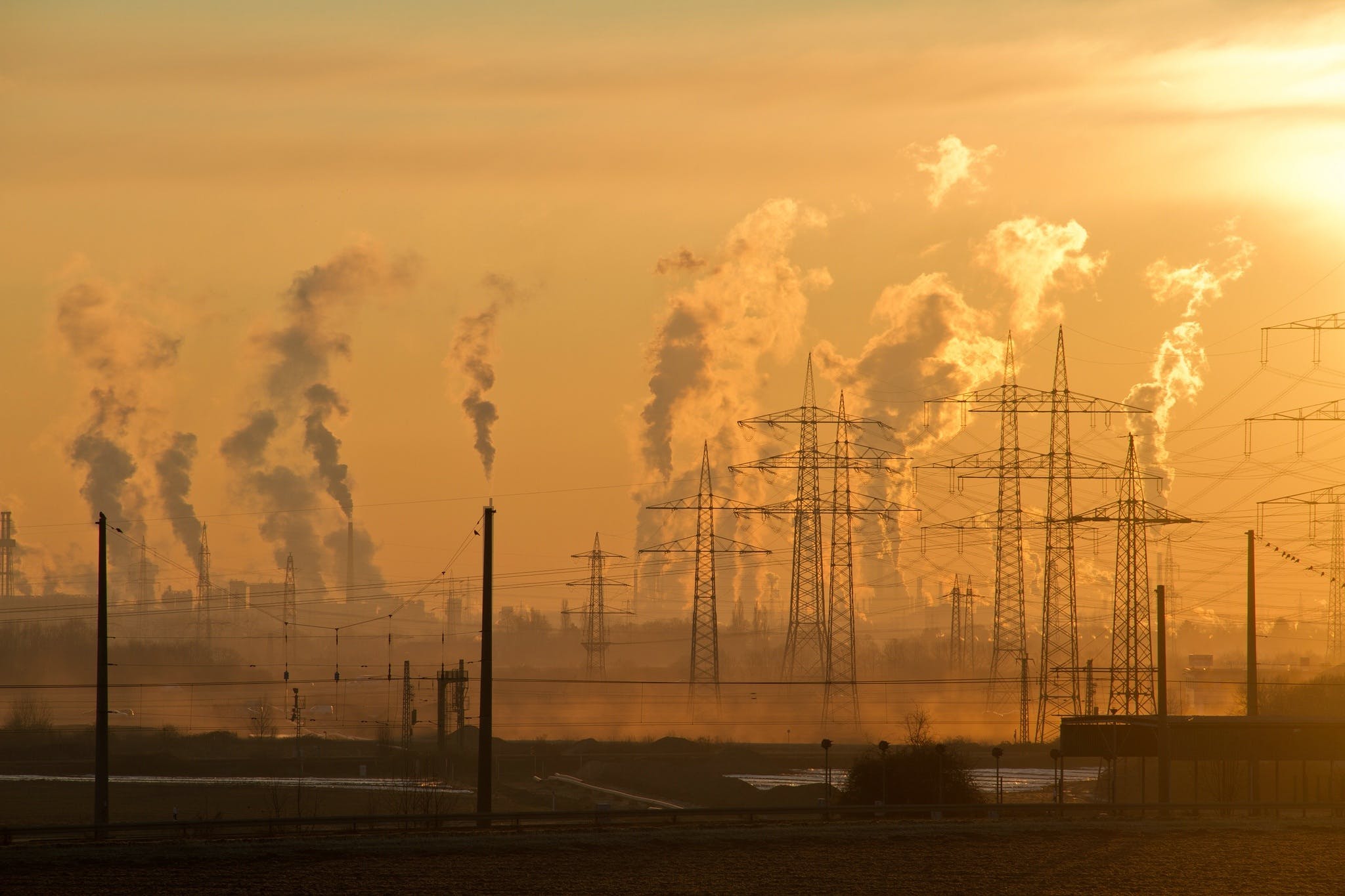“Queen Elizabeth Removes Obamas from Royal Wedding Guest List…”
“Democrats and Washington insiders run a child-sex ring…”
“Illegal immigrants started California Wildfires…”
These are all examples of ‘fake news’, fabricated information which in some cases can be satirical and in others simply aim to shock users with ridiculous information to attract more readers. Yet fake news is emerging as a bigger problem, driving a culture of fear and uncertainty.
Fake news has existed for thousands of years, being documented since ancient times. Mark Antony reportedly killed himself after hearing false rumours that Cleopatra had committed suicide. However the modern age of social media is allowing fake news to reach a far larger portion of society today.
With more and more people getting their news online the issue of false information is becoming more prevalent – even proving fatal in some cases.
Three men in India were attacked by a large mob in the belief they were child kidnappers, with one of the men dying from their injuries, as a result of a video being shared around WhatsApp of a fake child kidnapping. The second half of the video where the child was returned was removed and helped foster fears that strangers in the village could be kidnappers.
The biggest problem is about stopping fake news while still being democratic. The news articles aren’t necessarily breaking any rules which is one reason why they are able to stay on most social media platforms.
Facebook has stated that banning such fake news would be “contrary to the basic principles of free speech”. Fake news does not have to classify itself as news but rather as a form of expression which protects it from being taken down.
Misinformation being spread to young impressionable children has also become far easier due to their instant access to the internet. Only 2% of children under 16 in the UK were able to correctly identify false news stories according to the National Literacy Trust.
It seems to have got to the point where it will soon be even harder to distinguish videos from being real or fake too, with people able to manipulate voices and images to suit their own agenda. Creating fake videos has worrying consequences as it may be harder to trust video footage as the technology improves even further.
However, this does not mean we will have be in constant doubt of what we look at. Pressure from governments and wider society means firms are finally starting to take action against the problem. Google is working on tools to detect fake videos and photos, and some social media groups are using similar tools to detect potential false news and make it harder to spread and become viral. YouTube and other online companies will also begin to display context from trustworthy sources related to hot topics.
Fake news has embedded itself in the internet, and is something to watch for and warn others about. Removing it will not be easy, so we must remain cautious when traversing the web.
Cameron Broomer



